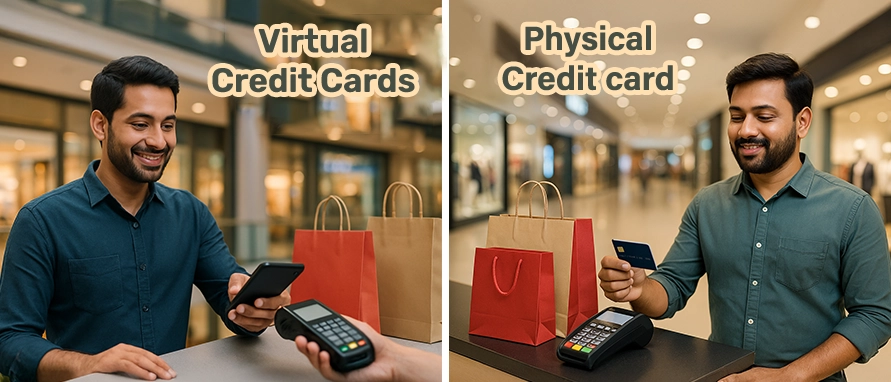Virtual credit cards exist only in digital form. Banks and fintech providers issue them for online purchases, subscriptions, and one-time payments. They are designed to keep your main card details hidden, reducing the risk of misuse if your information is compromised.
Physical credit cards are the familiar plastic or metal cards you carry in your wallet. They work at stores, ATMs, and online. Their strength lies in wide acceptance and convenience for everyday and in-person transactions. However, they may be at risk if lost or stolen.
Example: If you often shop online, a virtual credit card can help protect your main account. For cash withdrawals or in-store purchases, physical credit cards remain essential.






































